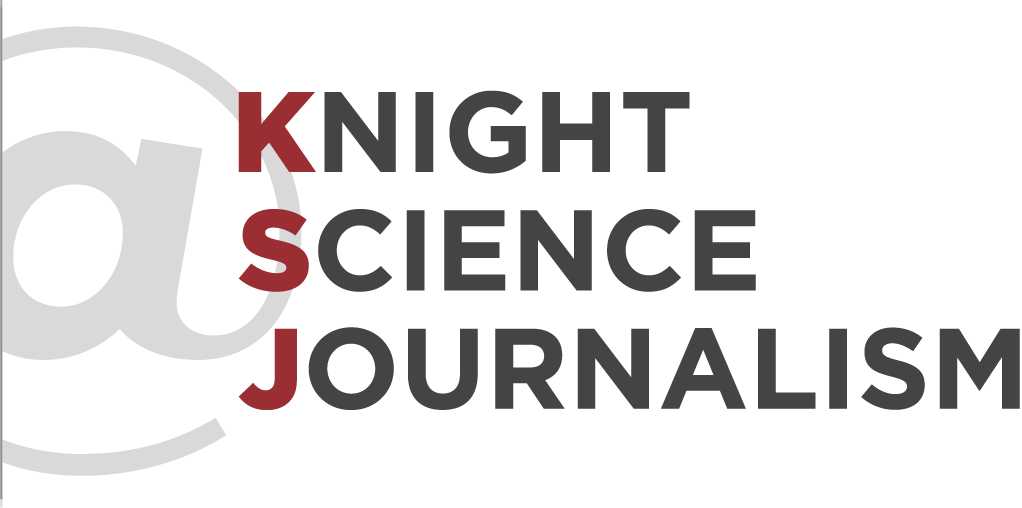
Within a day or so of last week’s asteroid explosion over Chelyabinsk, there was a blast of press releases from various groups seeking money and/or public support for projects to monitor and study the asteroid “threat”.
The impact of the news was magnified by the weird coincidence that this meteor shattered windows and injured people in Russia the same day as a predicted flyby of a larger asteroid. Charlie Petit covered the next-day coverage for the Tracker here. Over the weekend, a nicely-written story appeared in the Washington Post, by Joel Achenbach, Brian Vastag and Will Englund. The lede shows the power of simple, clear language:
It was a day when the Earth was caught in a cosmic crossfire. The big rock came from the south, the smaller one from the east. They were unrelated objects, with different orbits, one the size of an apartment building, the other slimmer but with better aim.
That story was fasinating without being particularly scary. But by Monday I’d collected a number of press releases suggesting I should be very afraid.
Several news organizations ran op-eds over the weekend on the need for some kind of planetary protection. And the front page of the Sunday New York Times ran a story by William Broad under the headline, Vindication for Entrepreneurs Watching Sky: Yes, It can Fall. That story took seriously the threat and the importance of protection. It focused on the group called the B612 Foundation, charmingly named after the asteroid in The Little Prince.
The lede suggested that the event in Russia would have big implications for the future of asteroid research and our perception of future threats:
For decades, scientists have been on the lookout for killer objects from outer space that could devastate the planet. But warnings that they lacked the tools to detect the most serious threats were largely ignored, even as skeptics mocked the worriers as Chicken Littles.
But the story never included any skeptics converted by the news. The only people quoted on the need for protection were those already heavily invested in research aimed at studying asteroids as planetary threat.
And here’s how Broad explained the threat:
The National Aeronautics and Space Administration took a lead role with what it called the Spaceguard Survey. In 2007, it issued a report estimating that 20,000 asteroids and comets orbited close enough to the planet to deliver blows that could destroy cities or even end all life. Today, with limited financing, NASA supports modest telescopes in the southwestern United States and in Hawaii that make more than 95 percent of the discoveries of the objects coming near the Earth.
This could sound very scary to the general public, but the information isn’t helpful without an indication of the likelihood that one of those 20,000 asteroids will collide with us within various time frames. How likely are we to be hit by something big in the next 100 years? The next 500? Extinction of all life would be bad, but there’s excellent evidence that this has never happened in the last 3.8 billion years. Cities have yet to be destroyed by asteroids, though plenty have been leveled quite recently by hurricanes, earthquakes, and bombs.
It would help to have estimates of the risk and an explanation of how those estimates were calculated. With some perspective readers might better be able to assess the risks of ignoring the asteroid threat for a couple of decades to focus instead on, say, this problem we have with the buildup of greenhouse gases in the atmosphere.
The story also failed to explain something that would probably go far in promoting public understanding – the fact that small impacts are much more common than big ones. Scientists say there are orders of magnitude more window-breaking space rocks than city-destroying ones and many more of those than rocks that could cause mass extinctions.
The lede and headline promised news that this latest event changed the scientific perception of asteroid risk, or at least changed some minds about the urgency. But the story never delivered that news.


Leave a Reply